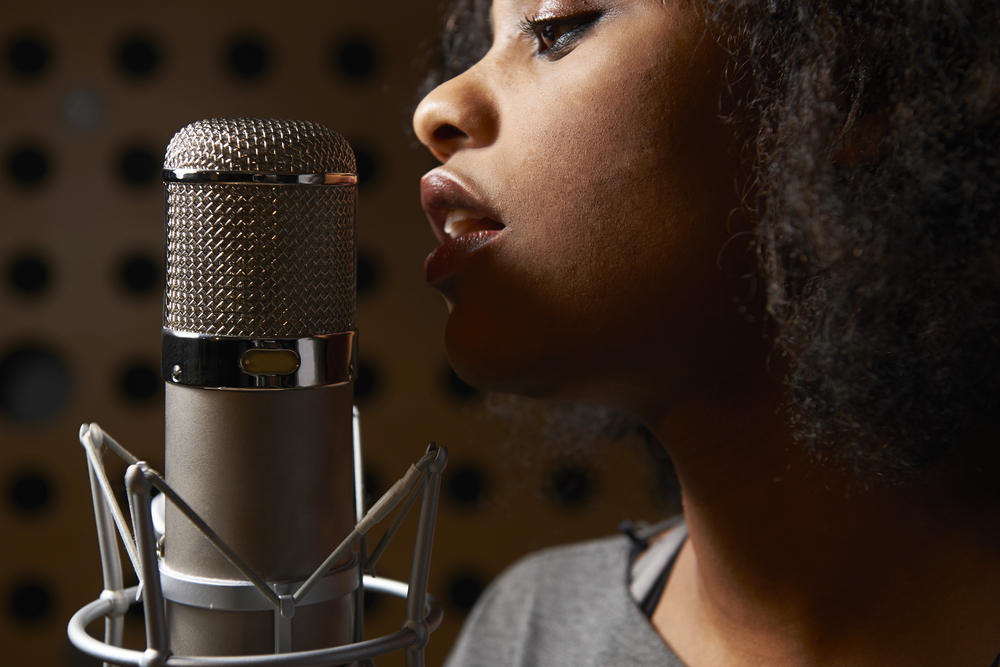As an up-and-coming rapper or R&B artist, you may have heard about the power of vocal layering and harmony in creating a polished, professional sound. But where do you even begin? Don’t worry, we’ve got you covered. Here’s a beginner’s guide to vocal layering and harmony in rap and R&B music.
What is Vocal Layering and Harmony?
Vocal layering is the process of recording multiple tracks of vocals, each with a slightly different sound or effect. When these tracks are played together, they create a fuller, more complex sound. Harmony, on the other hand, is the use of multiple voices singing different melodies at the same time, creating a harmonious sound. Both techniques can add depth and interest to your tracks and help to create a professional, polished sound.
How to Create Vocal Layering and Harmony
Start with a solid foundation.
Before you start layering and adding harmonies, it’s important to have a solid foundation to build upon. This means recording a strong, clear lead vocal track that sits well in the mix. This will serve as the anchor for your layering and harmony tracks.
Experiment with effects.
Once you have your lead vocal track recorded, it’s time to start experimenting with different effects and sounds. This is where vocal layering comes in. Try recording multiple tracks of the same vocal line, each with a different effect applied. This could be something as simple as adding reverb or echo, or something more complex like pitch shifting or autotune.
Add harmonies.
To create harmony, you’ll need to sing the same line in a different key or melody. This can be done by singing the same line an octave higher or lower, or by singing a countermelody. Once you’ve recorded your harmonies, try layering them with your lead vocal track and see how they sound together.
Play with the balance.
Once you’ve recorded your layering and harmony tracks, it’s time to play with the balance and see what sounds best. You may find that some tracks sound better when they’re more prominent in the mix, while others work better as background layers. Experiment with different balances until you find the sound you’re after.
Don’t overdo it.
It’s easy to get carried away with vocal layering and harmony, but it’s important to remember that, unless you’re Imogen Heap, less is often more. Don’t feel like you have to use every single layering and harmony track you’ve recorded. Sometimes, a simple lead vocal track with a touch of reverb can be just as effective as a heavily layered and harmonized track.
Tips for Success
Practice your harmonies.
Singing harmonies can be challenging, especially if you’re not used to it. The best way to get better is to practice, practice, practice. Try singing along with your favorite songs and see how well you can match the harmonies.
Experiment with different effects.
Vocal effects can be a powerful tool for adding depth and interest to your tracks. Don’t be afraid to experiment with different effects and see what works best for your style and sound.
Find a good balance.
As mentioned above, it’s important to find a good balance between your lead vocal track and your layering and harmony tracks. Too much layering and harmony can clutter up the mix and make your vocals sound overly processed, while too little can make your tracks sound thin and lacking in depth.
Use reference tracks.
A reference track is a recording of a song that you like the sound. Listen closely to it, and try to match your song with it.
Record in small chunks.
When it comes to recording harmonies and layering tracks, it’s often easier to do it in small chunks rather than trying to do it all at once. For example, you might record the first verse and chorus of your song, then focus on the harmonies and layering for that section before moving on to the next. This will allow you to focus on one small piece at a time and get it just right before moving on.
Get a second opinion.
It’s always a good idea to get a second opinion when it comes to your music, and this is especially true when it comes to vocal layering and harmony. Ask a trusted friend or mentor to listen to your tracks and give you their honest feedback. They may hear things that you missed or have suggestions for improving your layering and harmony.
Don’t be afraid to try something new.
The beauty of music is that there are no hard and fast rules, and this is especially true when it comes to vocal layering and harmony. Don’t be afraid to experiment and try something new. Maybe you’ll discover a unique effect or harmony that becomes a signature part of your sound.
Keep practicing.
Like anything in life, the more you practice vocal layering and harmony, the better you’ll get. So don’t get discouraged if it takes some time to get it right. Keep working at it and you’ll see improvement over time. And remember, even the most successful artists had to start somewhere, so don’t be afraid to make mistakes and learn from them.
In conclusion, vocal layering and harmony are powerful techniques for adding depth and interest to your rap and R&B tracks. By starting with a solid foundation, experimenting with different effects and harmonies, and finding a good balance, you can create a polished, professional sound that will take your tracks to the next level. Don’t be afraid to experiment and try new things, and remember to practice your harmonies and use reference tracks to help guide you. With a little bit of practice and patience, you’ll be layering and harmonizing like a pro in no time.


